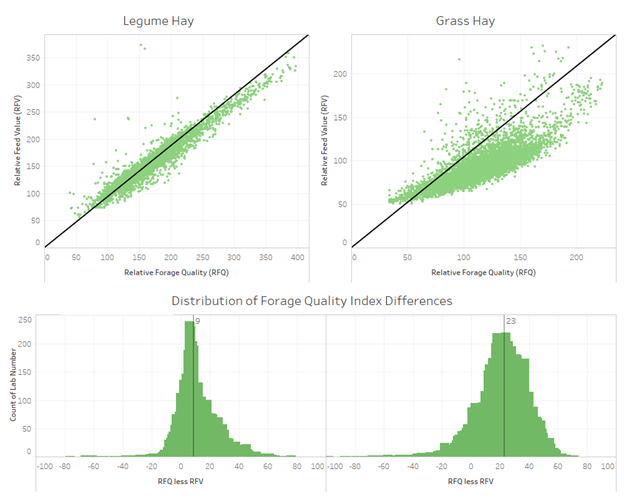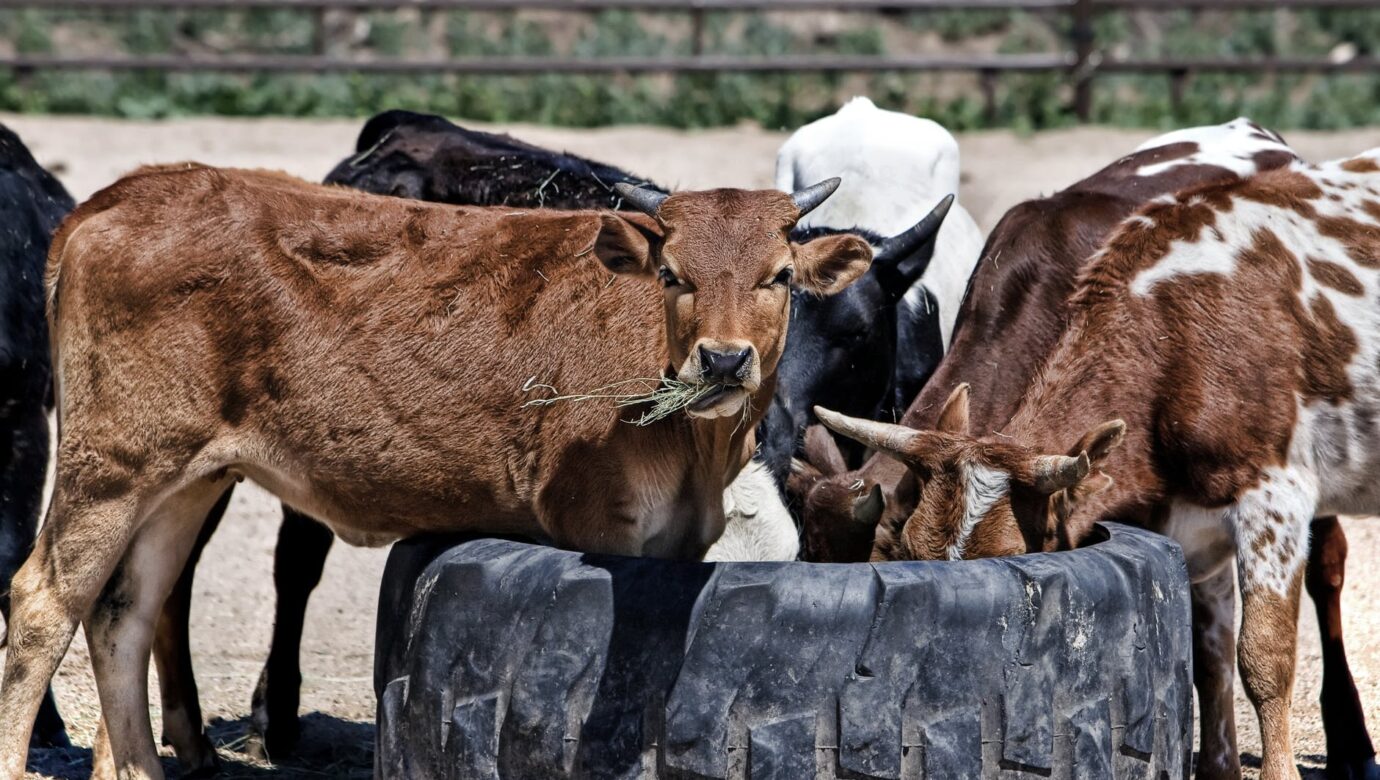
Weedy Alfalfa [4 reasons to manage weeds in your alfalfa stands]
Weedy alfalfa is often a concern when water resources are scarce. The weeds sometimes even seem to outcompete the alfalfa in extremely dry years. Weeds can impact forage quality and contribute to toxicities. Ultimately, this reduces the value of the [...]



